When planning social media ads for small business, rely on Facebook and Instagram’s Meta ads manager automations and user demographics.
Table of Contents
Social media platforms like Facebook are a major part of our contemporary culture and communications. As such, they have become important platforms for marketers and advertising. Social media ads for small business are vital tools for brand awareness and audience conversion.
However, you will want to make sure you know how to use them effectively and how to distinguish the different kinds of advertising Facebook offers. Here is a quick guide to help you decide if running a Facebook ad is the best choice for your marketing.
Lean on Meta to Prep Your Social Media Ads for Small Business
Facebook—or its parent company, Meta—is a paragon of automation. So when you’re planning social media ads for small business, make sure you take full advantage.
Facebook Does the Work, You Plan the Strategy
When you set up a Facebook ad you get to make a number of important decisions. You get to choose an objective, audience, budget, format, and location for your ad. After you put in this information the Facebook algorithm starts matching your ads to viewers. These viewers are the ones who are most likely to respond.
Every time the algorithm decides its found a user to match with an ad, it takes a bit of money from your budget. Once your budget has been spent, no more ads will be shown. You get to choose how much you want to spend: you can pay $5 for ads for a week, or $50,000 worth of ads for a week. Either way, Facebook will work to match as many viewers to your ads as is possible within your budget.
Facebook’s auction model means that the process of matching viewers to your ads is handled for you, but the fact that you must first define your audience is very important. If you don’t take the time to determine the specific group of users you are marketing toward then your ads may not connect with the users you want. This can make it so you won’t build the exposure you need. It is important to do the work to decide which demographics you are attempting to reach and know what kinds of content you want to connect with them.
The Facebook ads most people are familiar with are the static sponsored ads on the side of the homepage. If you want to make sure your social media ads for small business reach your target audience directly, you’ll want to be familiar with more unique ad formats. Three features that you should consider when planning your strategy are boosting posts, story ads, and synced Instagram/Facebook advertising.
Boosting Posts
Boosting posts is an easy and efficient way of transforming already existing content into an ad. When boosting a Facebook post, you take the images and text that you have added to your business page and let it appear as a sponsored ad in front of new users.
Boosted posts are technically distinct from other types of Facebook ads. They are not made with the Ads Manager, therefore they do not have quite the level of customization as other ads. You cannot decide the ad placement, format, or objectives of a boosted post. It will always appear in the user’s News Feed and it will display the content of the post as it already exists.
What is useful about boosting posts is that you can keep track of posts that are already performing well and use that as a metric to decide if they should be boosted. Users will also be able to see the content you post directly and not worry about being misled by a custom, branded ad.
It is a common mistake to see ads as a supplement to content. You should not expect ads to work if the organic content is already failing to engage. Boosted posts let you take advantage of the content that is already working for your page to boost your outreach.
Stories Ads
Facebook Stories are a more recent feature that provides excellent outreach and unique advertising space. Stories stand out at the top of Facebook feeds and can be viewed from the Facebook Messenger app. This means Stories ads are excellently placed to gain exposure and interaction. Over 300 million people use stories on Facebook or Facebook Messenger every day, which is an impressive user base.
Stories are designed to be short and dynamic, and they are an excellent platform for linking to websites. Use Stories Ads to promote video ads featuring calls to action pointing users towards your website, app, or products.
Cross-Pollinate with Instagram
If you’re developing a social media ads for small business strategy making heavy use of visuals, you might benefit from cross-pollinating your Facebook and Instagram ads. Because Instagram and Facebook are owned by parent company Meta, you can have the same ads featured on both platforms.
Through the Meta Ads Manager, you can manage advertising on both platforms simultaneously. You can also track how successful each platform is for your advertising content. Instagram is also compatible with boosting Facebook posts and story ads, so get creative when you share content.
More Social Media Crossovers
Facebook is still the biggest social media platform operating right now. Chances are that you will want to take advantage of its advertising capacity at some point in your marketing strategy. However, you want to make sure you have clear objectives and a specific target audience when you use Facebook ads.
It is also important to look at the user demographics of other popular platforms like Twitter, LinkedIn, and YouTube when you plan on using social media ads for small business. LinkedIn, for instance, might work better for ads that are oriented towards other businesses or professionals instead of consumers. A site like YouTube has a strong gender divide in its video content interaction. This means if you’re marketing towards a very particular audience with gender in mind, it might be worth focusing on YouTube for your output.
These are the kinds of strategic questions you should ask when planning on integrating social media ads into your campaign.



